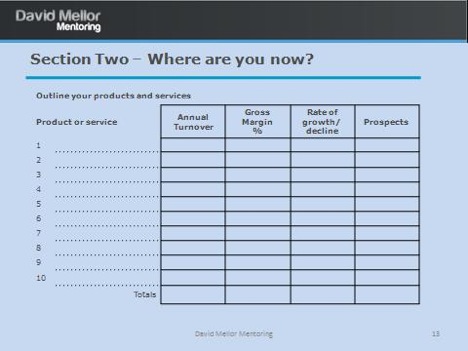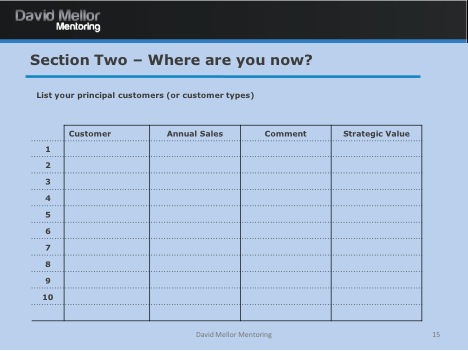#9: Prerequisites for sustainable profitable growth
No matter what business you are in, it is important not to underestimate the work that needs to be done if the founder of that business is considering a push for sustainable, profitable growth. I am indebted to my good friends Paul Chapman and Mike Robson of Azure Partners, who have summed this up very well in their article “Creating value in your lifestyle company”:
“All business owners want to be successful, but their interpretation of success varies widely. For many, success is defined as providing the shareholders with a good salary and reasonable financial security. Some business owners are more ambitious. They want to create real value in their businesses. Perhaps they see a clear competitive advantage that can be exploited in their current market or a new one. Perhaps they have a new product, technology or service to roll out. Developing a valuable company from a lifestyle business is an admirable goal, but the reality can be tough. Making the change successfully requires most, if not all, of the following:
- A real market need and a clear understanding of that need
- A robust vision of how you can fill that need and the capability to realise the vision yourself rather than creating opportunities for competitors
- The right people at board, management and operations level and the structure that gives them the time to focus on the chosen growth path in addition to routine activities
- A scalable marketing and sales function that really does know how to beat effective competition
- A scalable delivery capability that can grow in size whilst maintaining service and quality levels
- Effective and timely financial and operational reporting systems and processes
- Experience of a wide range of marketing techniques and routes to market, either directly or through alliance partners
- The right funding at the right time to grow the business, organically or through acquisition
- Accessing experienced and relevant external help at the appropriate times
And by no means least: The commitment and drive of the business owners to succeed.”
At this point, it is worth mentioning 3 financial aspects which can often make (or break!) a business:
- Understanding breakeven
- Understanding the importance of margins
- Understanding the difference between cash and profit
It will therefore be worth devoting some time to assessing your readiness for growth. Your aim, as Michael Gerber expresses in the E-Myth Revisited, is “to build a business that works predictably, effortlessly, and profitably each and every day”. He adds that the business needs to work without you! You will know you have achieved this when you are genuinely working “on” the business, as opposed to “in” the business.
Posted in: Growing Businesses
Leave a Comment (0) →

